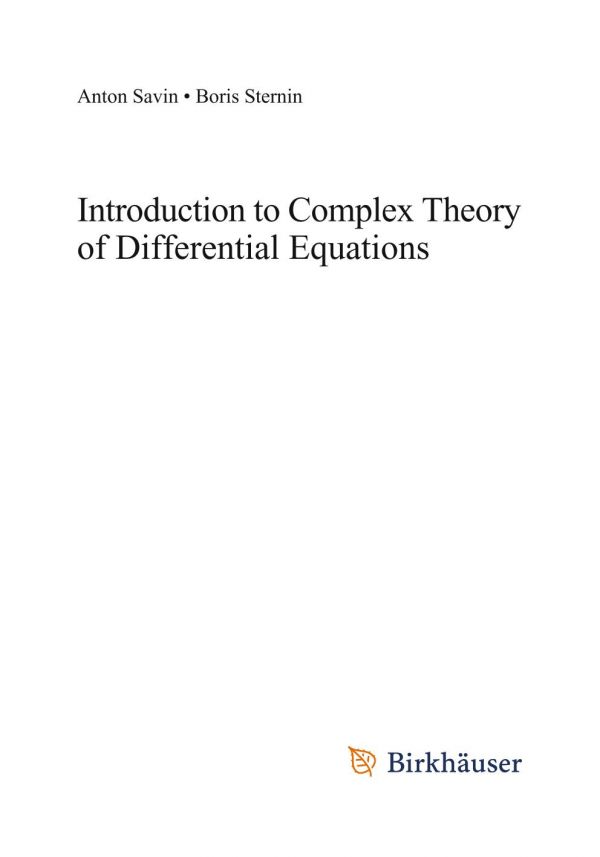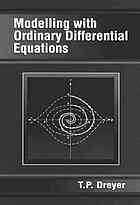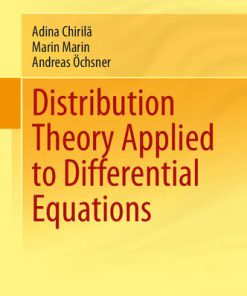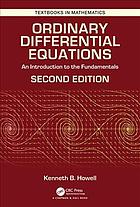Introduction to Complex Theory of Differential Equations 1st edition by Anton Savin, Boris Sternin 3319517445 9783319517445
$50.00 Original price was: $50.00.$25.00Current price is: $25.00.
Introduction to Complex Theory of Differential Equations 1st edition by Anton Savin, Boris Sternin – Ebook PDF Instant Download/DeliveryISBN: 3319517445, 9783319517445
Full download Introduction to Complex Theory of Differential Equations 1st edition after payment.

Product details:
ISBN-10 : 3319517445
ISBN-13 : 9783319517445
Author: Anton Savin, Boris Sternin
This book discusses the complex theory of differential equations or more precisely, the theory of differential equations on complex-analytic manifolds. Although the theory of differential equations on real manifolds is well known – it is described in thousands of papers and its usefulness requires no comments or explanations – to date specialists on differential equations have not focused on the complex theory of partial differential equations. However, as well as being remarkably beautiful, this theory can be used to solve a number of problems in real theory, for instance, the Poincaré balayage problem and the mother body problem in geophysics. The monograph does not require readers to be familiar with advanced notions in complex analysis, differential equations, or topology. With its numerous examples and exercises, it appeals to advanced undergraduate and graduate students, and also to researchers wanting to familiarize themselves with the subject.
Introduction to Complex Theory of Differential Equations 1st Table of contents:
Chapter 1 Leray residues
1.1 A glimpse of one-dimensional residues
1.2 First definition of Leray residues
1.3 Second definition of Leray residues
1.4 Examples
1.5 Leray exact sequences and residue theorem
1.6 Appendix. Some notions of (co)homology theory
1.7 Remarks
Chapter 2 Ramified integrals
2.1 Why do integrals ramify?
2.2 General theory. Landau manifolds
2.3 Integrals over relative cycles
2.4 Appendix. Differentiation of parametric integrals
2.5 Appendix. Stratified sets
2.6 Remarks
Chapter 3 Asymptotics of ramified integrals
3.1 Statement of the problem
3.2 Ramification of cycles around Landau manifolds (Picard–Lefschetz theorem)
3.3 Leray’s theorem on asymptotics of integrals
3.4 Computation of Leray’s asymptotics
3.5 Remarks
Chapter 4 Ramified Fourier transform
4.1 Definition of the ramified Fourier transform
4.2 Construction of ramified homology classes
4.3 Examples
4.4 Appendix. Projective spaces
4.5 Remarks
Chapter 5 Properties of the ramified Fourier transform
5.1 Action of the transform in function spaces
5.2 Inverse transform
5.3 Commutation relations
5.4 Singularities of the transform
5.5 Properties of the ramified Fourier transform of nonhomogeneous functions
5.6 Remarks
Chapter 6 The Cauchy problem for equations with constant coefficients
6.1 Statement of the problem
6.2 Solution of the Cauchy problem
6.3 Examples
6.4 A formula for the solution of the Cauchy problem
6.5 Remarks
Chapter 7 Singularities of the solution of the Cauchy problem
7.1 Preliminary description of singularities
7.2 Geometric description of singularities
7.3 Examples
7.4 Singularities of the solution if X is singular
7.5 Singularities of the solution if H is singular
7.6 Example
7.7 Remarks
Chapter 8 The Cauchy problem for equations with variable coefficients. Leray’s uniformization
8.1 Uniformization theorem
8.2 Propagation of singularities
8.3 Leray’s asymptotics
8.4 Example
8.5 Asymptotics with respect to independent variables
8.6 Remarks
Chapter 9 Balayage inwards problem
9.1 Statement of the problem
9.2 Reduction to a complex Cauchy problem
9.3 Solution of the balayage problem
9.4 Examples
9.5 Remarks
Chapter 10 Mother body problem
10.1 Statement of the problem
10.2 Singularities of the continuation of potentials and Schwarz functions
10.3 How to make cuts?
10.4 Construction of mother body (algorithm)
10.5 Examples
10.6 Remarks
People also search for Introduction to Complex Theory of Differential Equations 1st:
an introduction to complex function theory
introduction of complex analysis
intro to complex analysis
introduction to the theory of complex systems pdf
introduction to the theory of functions of a complex variable
Tags: Introduction, Complex Theory, Differential Equations, Anton Savin, Boris Sternin
You may also like…
Science (General)
Mathematics - Differential Equations
Introduction to Partial Differential Equations Peter J Olver 3319020994 9783319020990
Science (General)
Mathematics - Differential Equations
A Modern Introduction to Differential Equations 3rd Edition Henry J. Ricardo
Mathematics
Ordinary differential equations : an introduction to the fundamentals Second Edition. Edition Howell












